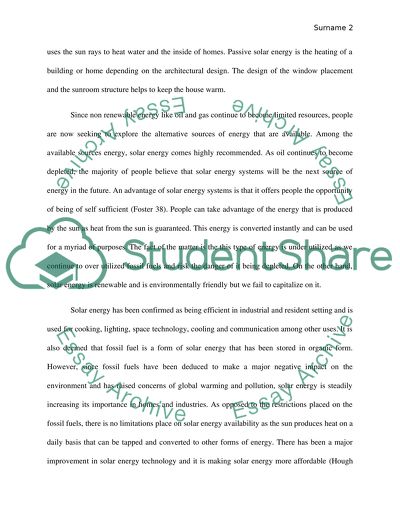Cite this document
(“Solar Energy Essay Example | Topics and Well Written Essays - 1750 words”, n.d.)
Retrieved from https://studentshare.org/environmental-studies/1398025-solar-energy
Retrieved from https://studentshare.org/environmental-studies/1398025-solar-energy
(Solar Energy Essay Example | Topics and Well Written Essays - 1750 Words)
https://studentshare.org/environmental-studies/1398025-solar-energy.
https://studentshare.org/environmental-studies/1398025-solar-energy.
“Solar Energy Essay Example | Topics and Well Written Essays - 1750 Words”, n.d. https://studentshare.org/environmental-studies/1398025-solar-energy.


